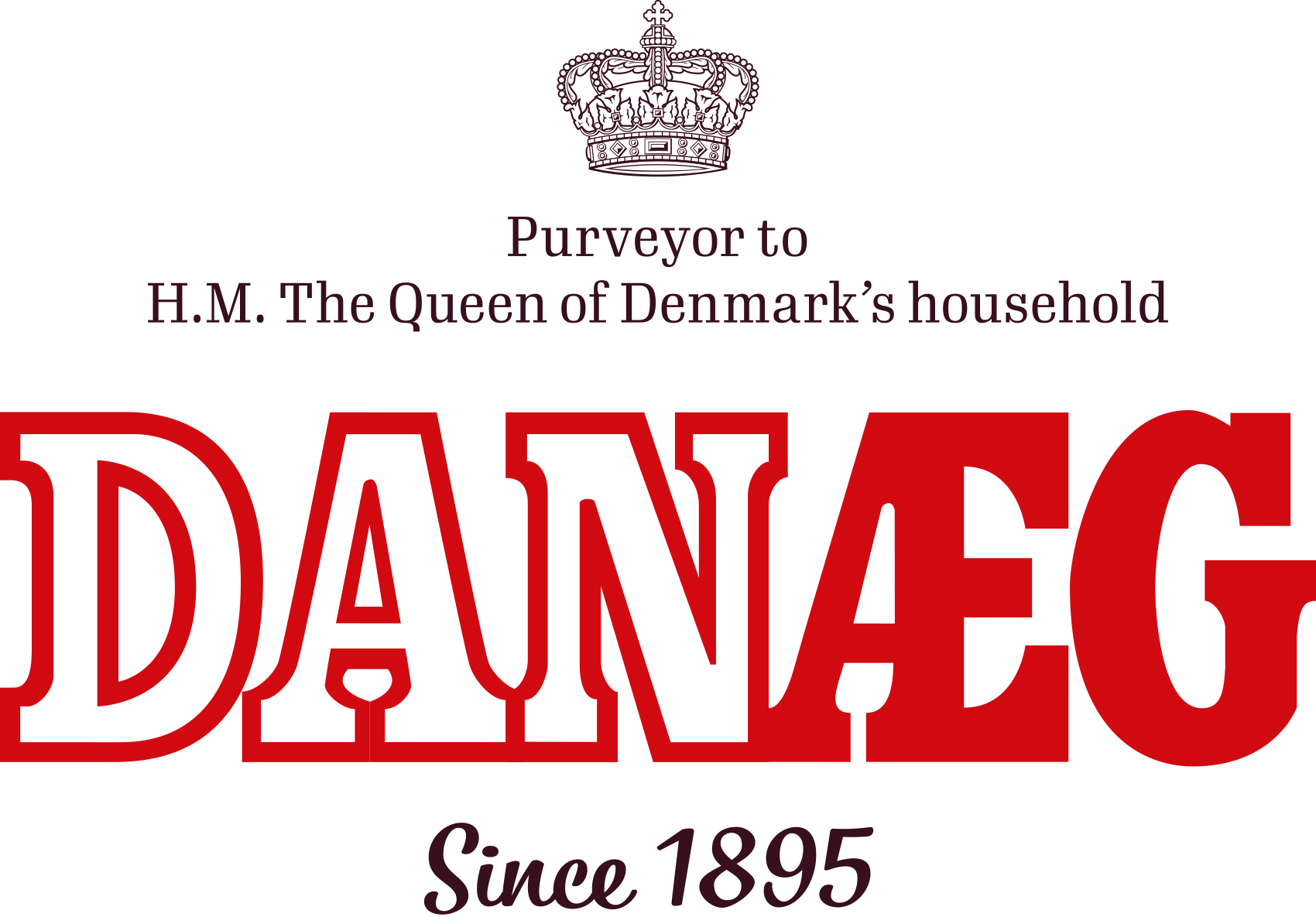Aalundgaard Gods
From dairy cattle to barn hens
If, ten years ago, Henrik Pihl Winterø had been asked if he one day would live and produce eggs on Fyn, he would surely have laughed and shook his head. There was nothing in Henrik's life that pointed towards egg production. That's why Henrik can't help but smile at the thought of how he ended up running Aalundgaard in Aarup with barn hens in the backyard.
The Danish summer at its best
Looking around in the hilly summer landscape, it is not difficult to understand why Henrik Pihl Winterø and his wife Karoline decided to settle on Fyn. Along the country road, classic farmhouses with thatched roofs compete to be the loveliest in the area and the local bakery tempts with pie with Danish strawberries. However, it was a white bridge in the garden at Aalundgaard, which was to become crucial to Henrik's new career as an egg producer.
The white bridge in the garden
Henrik grew up on a cattle farm in Langeland and has always worked with dairy cattle, so when in 2013 he placed an ad in an industry magazine for agriculture, he was actually looking for a cattle farm with the prospect of a change of generations. However, Helge Strandgaard Hansen had completely different plans for Henrik.
Since 1975 Helge had owned Aalundgaard and in 2013 was ready to see his egg production taken over by the new generation. That's why Helge called Henrik and tried to sell him the idea of replacing dairy cattle with hens. Henrik wasn't convinced, but one day Karoline walked curiously past Aalundgaard. In the garden was a white bridge over Ladegårds Å, and Karoline fell so much in love with it that she persuaded Henrik to visit Helge.
The cattle breeder who changed industry
Helge spoke well for his cause and that year Henrik started as a farm manager. This way, Henrik became part of the farm's conversion from cage egg production to barn egg production, and spent the next three years figuring out whether he and Aalundgaard fit well together. They did so and in 2017 Henrik and Karoline finally took over Aalundgaard from Helge.
Own breeding
Feed from own fields
For the same reason, Henrik grows a large part of the hens' feed. Behind the main house, the soft summer wind blows across the fields and reveals that there is few weeks before harvest season starts. Here Henrik grows wheat, oats and triticale (a cross between wheat and rye) for his hens. This means that the barn hen's feeds consist of 40% homegrown, local feed, which is supplemented with feed mix.
